2009年陸前高田動く七夕祭り (210)
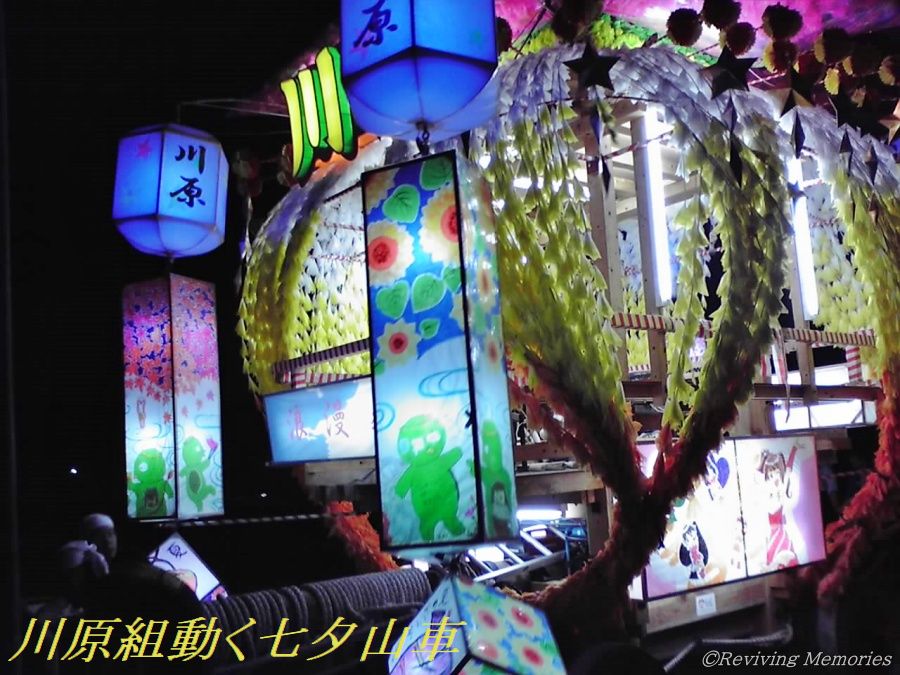
場所:陸前高田駅前通り
撮影年月日:2009年8月7日
機種:Sony/IS11S
毎年、旧暦の8月7日に、台車の上に七夕飾りを付けた山車を乗せて、各地区の方がメイン通りを引いて練り歩く動く七夕は、同時期に行われる隣町気仙町「喧嘩七夕」が由縁となっています。
Every year, on the 7th day of the 8th month of the lunar calendar, the "Moving Tanabata" festival takes place. In this festival, people from various districts pull decorated floats, adorned with Tanabata ornaments, along the main street. This tradition is derived from the neighboring town of Kesennacho's "Kenka Tanabata," which is held around the same time.

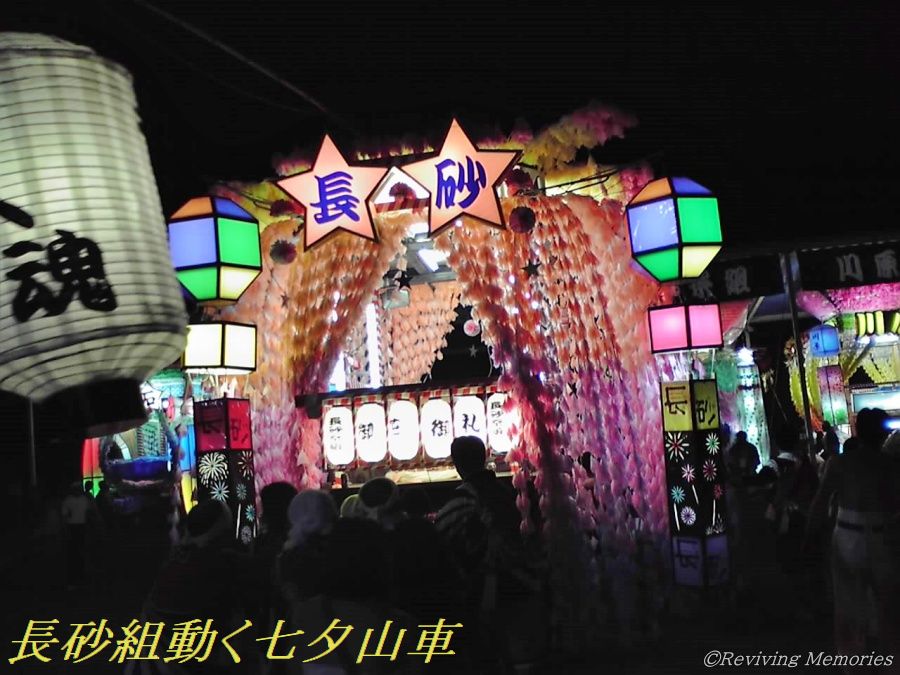

8月7日(旧暦)19:00から高田町うごく七夕まつりが、高田駅前通りを歩行者天国にして盛大に開催された。
11台の七夕山車(駅前・沼田・大町・荒町・長砂・森前・中央・鳴石・大石・川原・和野組)が、各地区ごとに華麗に飾り付けられ駅前通りに集結し運行を開始。特に目をみはるのは七夕山車の方向転換(引き回し)が、各地域ごとに行われていた。重量の有る七夕山車が、軋みをあげながら大勢の引き手によって180度転換していく様は見事という他はありません。
七夕祭りは、仙台、平塚等多いですが、全国でも移動する七夕は珍しいと思われます。
On August 7th (lunar calendar) at 7:00 PM, the Takata Town Moving Tanabata Festival was grandly held on the pedestrianized street in front of Takata Station. Eleven Tanabata floats (from Ekimae, Numata, Omachi, Aramachi, Nagasuka, Morimae, Chuo, Naruishi, Oishi, Kawara, and Wano groups) gathered on the station-front street, each lavishly decorated by their respective districts, and began their procession. One of the most remarkable sights was the float's directional change (pull-around), which was performed by each region. Watching the heavy Tanabata floats being turned 180 degrees with creaking sounds by many pullers was truly impressive.
While there are many Tanabata festivals in places like Sendai and Hiratsuka, a moving Tanabata is rare nationwide.
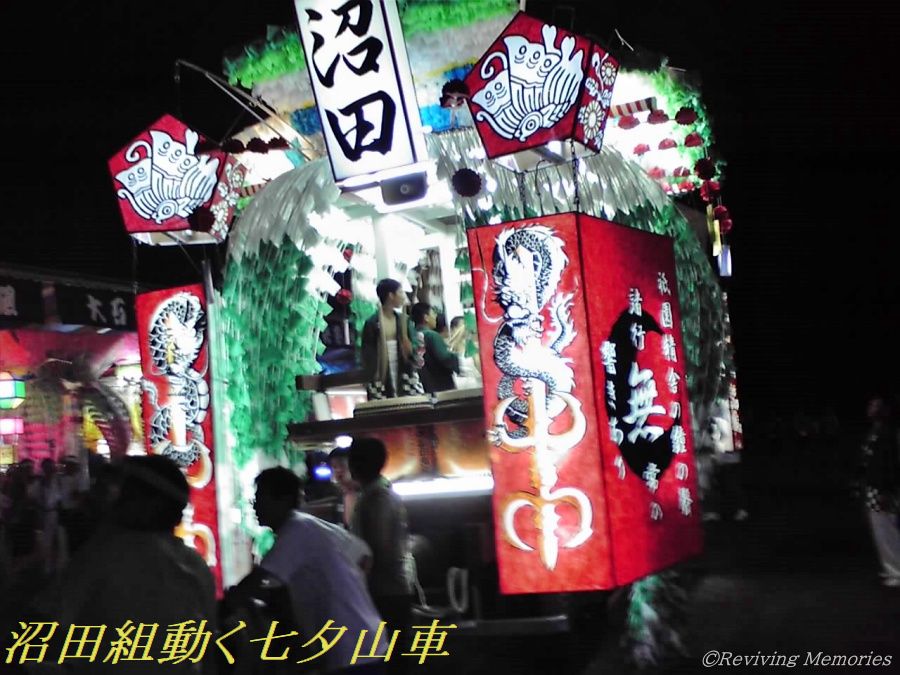
山車は、高さが三メートル位で、そこに木製の車を付け、(現在は道路保全の為、タイヤを用いる所もあります。)台の中央に太い丸太を前後に流し、藤ヅルで固定して梶棒にして、両端に長い綱を各地区の方が引いて練り歩く所は、気仙町の喧嘩七夕と同じです。
The floats, about three meters high, are mounted on wooden wheels (though some now use tires to preserve the roads). A thick log runs lengthwise through the center of the platform, fixed with wisteria vines to create a steering pole, and long ropes are attached at both ends. People from each district pull these ropes as they parade through the streets, similar to the Kenka Tanabata in Kesennuma Town.

動く七夕も喧嘩七夕も山車は、2万枚から3万枚の「あざふ」(枝垂れ柳を模した)で覆われ、前後に大きな飾り提灯を付けて夜の町を練り歩き、最後に駅前通りに集結して七夕の囃子の競演で、祭りは最高潮に達し、最後は駅前で引き回しをして終焉となります。この七夕山車をひいて歩く所に「動く七夕」と称される由縁があります。
Both the Moving Tanabata and the Kenka Tanabata floats are covered with 20,000 to 30,000 "azafu" (mimicking weeping willows) and adorned with large decorative lanterns at the front and back. They parade through the town at night and finally gather on the main street in front of the station. The festival reaches its peak with a musical competition of Tanabata melodies, and ends with the final parade in front of the station. This practice of pulling the Tanabata floats through the streets is why it is called the "Moving Tanabata."
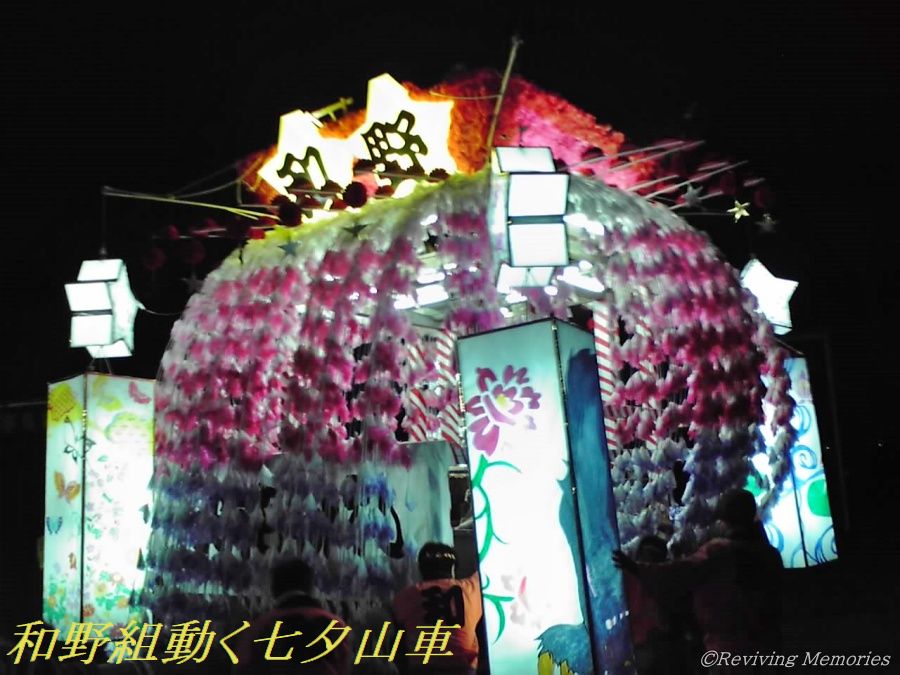

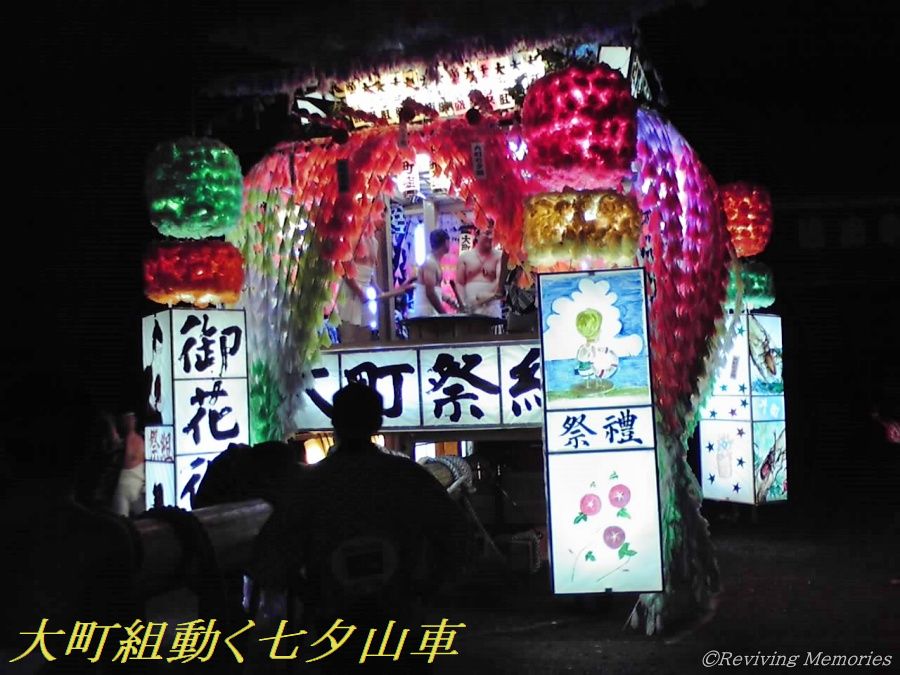
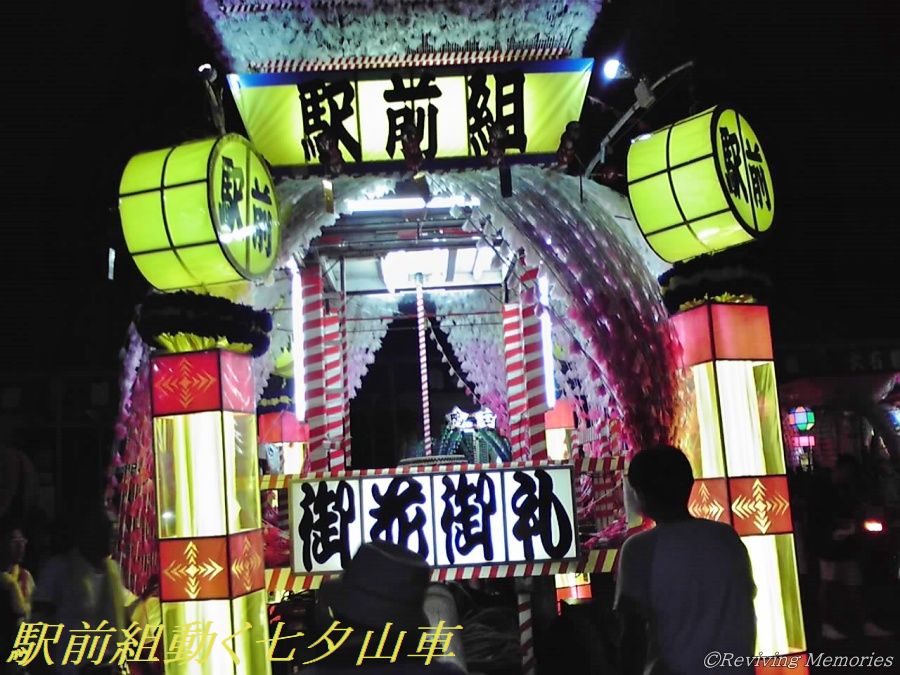
あざふは、各地区の方が今頃から、夜なべ仕事として公民館等に集まり和紙を約2万枚から3万枚折って御簾に付けて完成させます。
Around this time, residents of each district gather at community centers and other venues to fold approximately 20,000 to 30,000 sheets of washi paper, working late into the night. They attach the folded paper to create the "azafu" decorations, completing them through this collective effort.
最後までお読みいただきましてありがとうございます。
Thank you very much for reading until the end.
ChatGPTにて英文生成